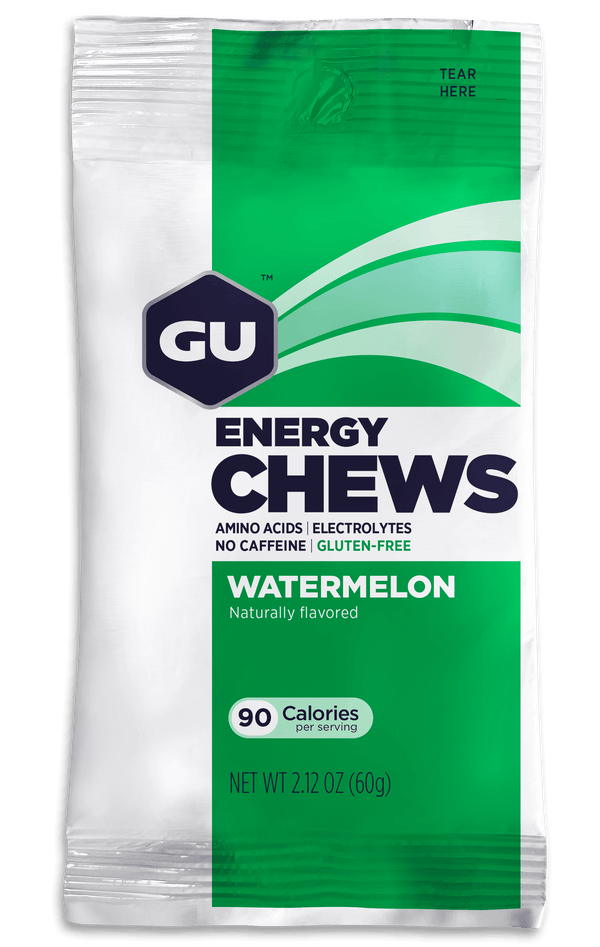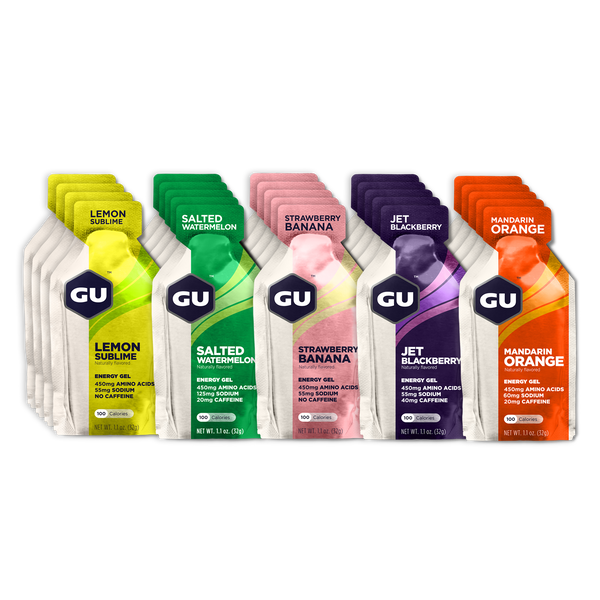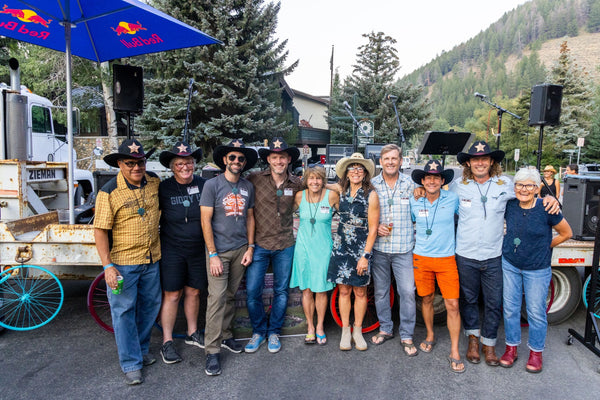Cramping 101: Causes and How to Alleviate Them
Muscle cramps got you down? Charley horse slowing your roll? Ever wonder why you get muscle cramps during exercise? Known as exercise-associated muscle cramps (EAMCs) these unpredictable but intensely painful involuntary muscle contractions often occur during or soon after starting physical activity. Prevalent among endurance athletes, EAMCs are reported to occur in up to two-thirds of triathletes, marathoners, and endurance cyclists during or after training or racing. Due to their unpredictable nature, cramps are difficult to study under laboratory settings, making it a challenge to understand the causes and cures for EAMCs. Here, we’ll break down the scientific evidence behind muscle cramps.
Potential Causes of Cramps
Two theories have been popular in attempting to explain the cause of EAMCs in the sports science field:
- Fluid-electrolyte imbalance theory, which proposes that dehydration and/or electrolyte imbalances are to blame, and
- Altered neuromuscular control theory, which proposes that fatigue-based imbalances in neuromuscular firing patterns and overexcitation of the motor nerves is the root cause of EAMCs.
While neither of these models has been able to fully explain the cause of EAMCs, more recent thinking suggests that there are likely multiple risk factors involved in the onset of cramps during exercise. These could include both dehydration and muscular fatigue, but also individual factors such as lack of sleep, medication use, and older age.
How to Alleviate Cramps
So, while there’s no consensus on what causes EAMCs, there are some best practices to help alleviate them.
- Stretch: the safest and most effective treatment for active cramps is gentle stretching of the affected area
- Rest: if stretching doesn’t work, resting the muscles and allowing the motor unit firing pattern to normalize is the next best option
- Rehydrate: Drinking water with electrolytes like Hydration Tabs or Electrolyte Capsules and/or carbohydrates like Roctane Energy Drink can help, and can also be implemented alongside the previous treatment options. Stretching may be the fastest relief option, but drinking fluids can start to impact blood plasma volume and osmolality in about 15 minutes.
- TRP Agonists: Spicy, pungent compounds found in ingredients like vinegar, cinnamon, ginger, and hot peppers can activate specialized receptors in the mouth (transient receptor potential receptors) that trigger neural pathways in a way that could impact motor neuron firing. While highly speculative at this time, some research has indicated that consuming small amounts of pickle juice (< 3 ounces) may shorten the duration of EAMCs compared to water (37% faster) or no fluid ingestion (45% faster). Importantly, most of the evidence in this area is anecdotal.
It's important to remember that cramping is common and likely to affect you if you are involved in endurance sports. The key is to slow down, stretch, and sip on something until it passes. It may also be worth focusing on your training volume and strength training if cramps seem to occur in the same location over time.

































